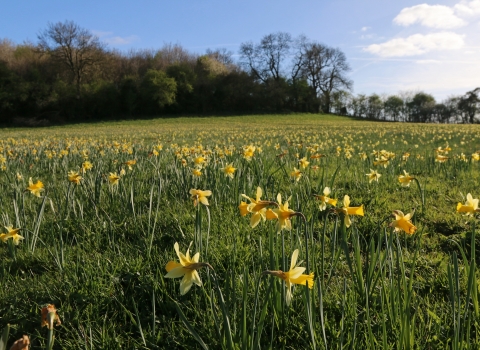Poolhay Meadows by Wendy Carter
Poolhay Meadows
Know before you go
Dogs
When to visit
Opening times
Open at all timesBest time to visit
April to JulyAbout the reserve
These lowland meadows are rich in flora including great burnet and meadow thistle, which are both scarce in Worcestershire. A ditch bank and hedgerows with old trees and species of mosses that are usually found in woods indicate that a similar vegetation has been retained for a long time. These species-rich hedges add to the wildlife value of the reserve.
It’s best to visit in spring and summer when the wetter northern field is ablaze with the colours of flowering lady’s smock, ragged robin, green-winged orchids and both soft and hard rushes. The southern meadow contains fewer orchids but is home to an abundance of great burnet, once a common plant of floodplain meadows but now disappeared from many areas. Other uncommon species include saw-wort, common spotted orchid, pepper saxifrage, tubular water dropwort and adder’s-tongue fern. The hay is cut in July, after which cattle are introduced from August to October depending on weather.
Bigger, better and more joined up
This is one of a number of grasslands in the area - we believe that a landscape-scale approach to wildlife conservation is essential. Wildlife needs space to adapt and move to cope with the consequences of climate change. Practically, this means that we need our countryside to be bigger, better and more joined up to provide a coherent network of large areas linked by corridors that can provide benefits for people as well as for biodiversity.
In a pastoral landscape these scattered sites demonstrate how important each sensitively managed piece of land has become and we demonstrate their importance of protecting the existing wildlife value to encourage other landowners to manage their land and hedgerows less intensively. These small reserves lie within Natural England’s Severn and Avon Vales Landscape Area, and within the Worcestershire Wildlife Trust’s Malvern Chase Living Landscape.



